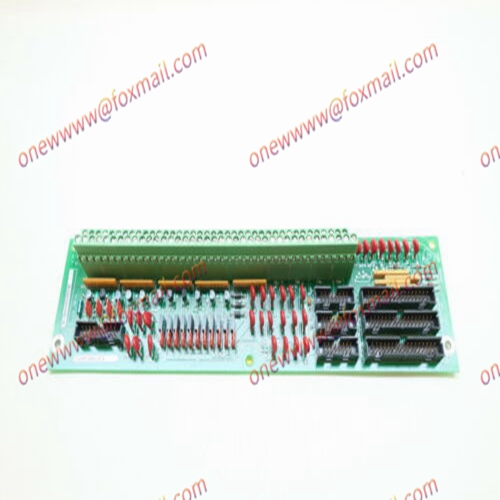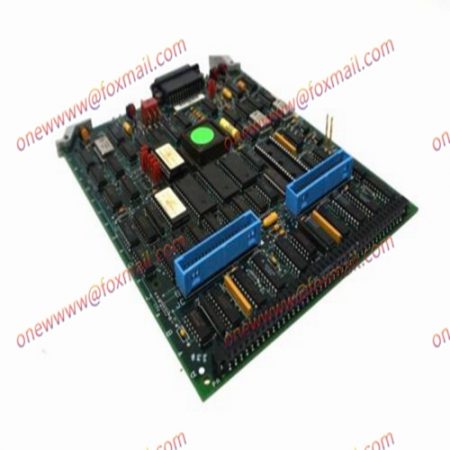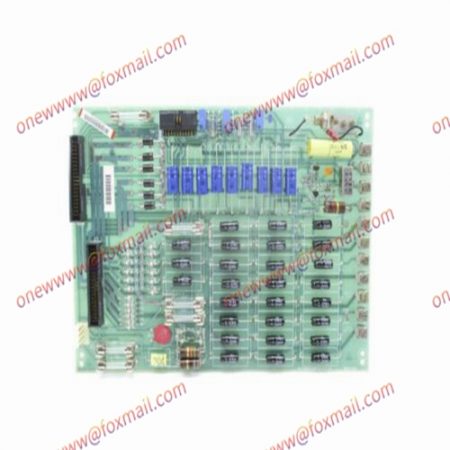GE DS200TBQBG1ACB thyristor module
Product Details Introduction
The GE DS200TBQBG1ACB is a thyristor module used in power control applications. While I don’t have access to specific instructions for this particular module, I can provide you with general guidelines on how to use a thyristor module. Please note that these instructions may not be applicable to the DS200TBQBG1ACB module specifically, and it’s essential to refer to the product documentation or contact GE for accurate and detailed instructions. Here’s a general overview:
- Safety Precautions: Before working with any electrical equipment, ensure that you follow appropriate safety procedures. Disconnect power sources, use personal protective equipment (PPE), and work in accordance with relevant electrical safety guidelines.
- Mounting and Connections: Ensure that the thyristor module is correctly mounted and installed as per the manufacturer’s instructions. This typically involves securing the module to a suitable heat sink or mounting plate. Verify that all electrical connections, including power and control signals, are properly made according to the module’s specifications.
- Control Signal: Thyristor modules are typically controlled through a separate control signal. This control signal triggers the thyristor into conduction, allowing current to flow through the module. Understand the requirements of the control signal, such as voltage levels, current ratings, and timing characteristics, and ensure that the control signal is correctly connected to the module.
- Protection Circuitry: Thyristor modules may require additional protection circuitry, such as snubber circuits or overvoltage protection devices, to enhance their reliability and protect against transients or voltage spikes. Consult the module’s documentation to identify any necessary protection measures and ensure they are properly implemented.
- Cooling: Thyristor modules generate heat during operation. Adequate cooling measures, such as heat sinks, fans, or other cooling methods, should be implemented to maintain the module within its specified temperature limits. Follow the manufacturer’s guidelines for cooling requirements and ensure proper heat dissipation.
- System Integration: Thyristor modules are typically integrated into a larger power control system. Ensure that the thyristor module is connected and configured correctly within the overall system. This may involve coordinating with other control devices, monitoring equipment, or communication interfaces.
- Testing and Commissioning: After installation, thoroughly test the thyristor module and associated control system to verify its functionality. Follow the manufacturer’s guidelines for testing procedures and perform necessary commissioning steps to ensure proper operation.
Product picture display

Related products:



Reviews
There are no reviews yet.